The Ariciu family’s project – the Atelier with Stories – is truly epic, a multidimensional fairy-tale realm in which the two artists exhibit both miniature figures and sculptural works.
Ana-Maria and Mihai attended the National University of Arts in Bucharest, after which they settled in Alba-Iulia, Ana’s hometown and the “operational base” of their work, whose echoes quickly spread beyond national borders.
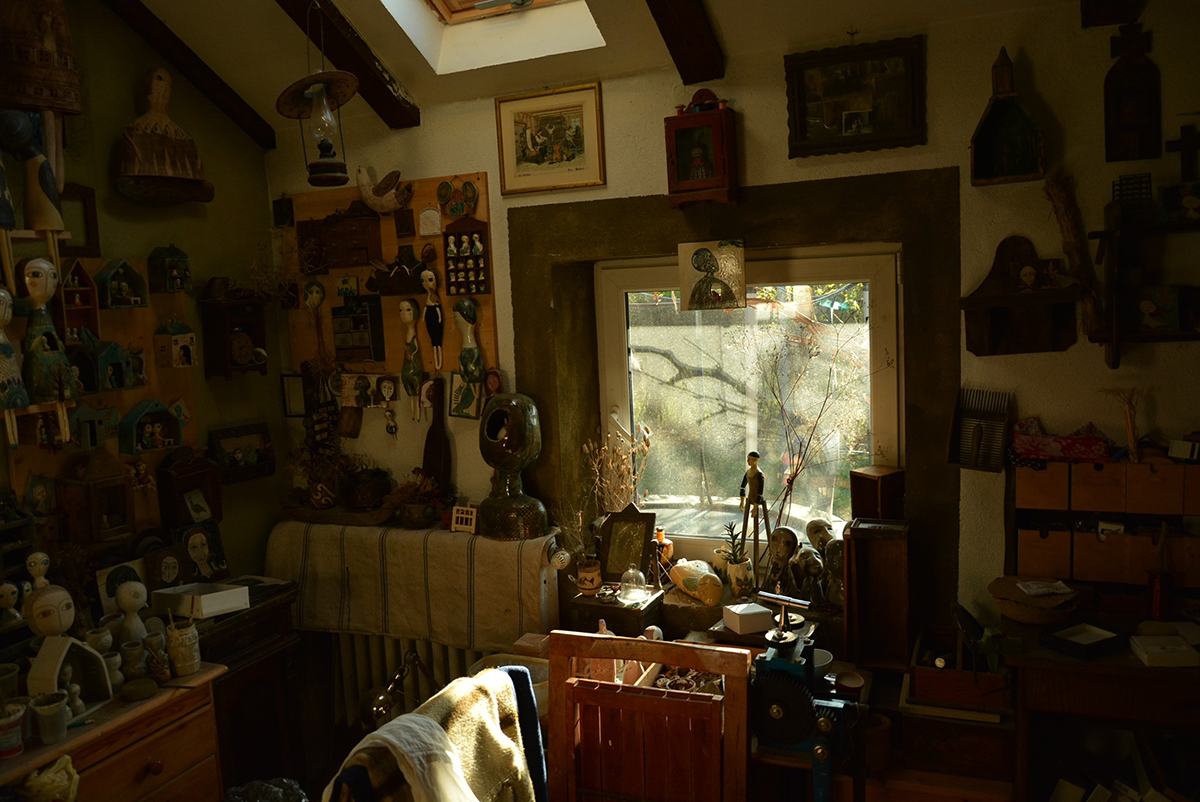
Finding a perfect formula to translate into contemporary popular narrative elements and archaic native motifs (but also from the West, the Near East, Mediterranean or Caucasian cultures), the Atelier with Stories is distinguished by a charming synthesis of ceramic, pictorial and graphic techniques. Their work is a delight for children and adults, not just for the decorative and playful aspects, but also for the way it vibrates secret chords of the soul.
When did you first think or set out to become a potter?
We both “veered” towards Ceramics, from Graphics and Painting, during college and we didn’t think we would stay in this field.
Which designation do you prefer, ceramicist, potter or visual artist and why?
We are visual artists and not out of pride, but we see working in this field as an artistic endeavor, plus we sometimes manifest ourselves in other mediums.
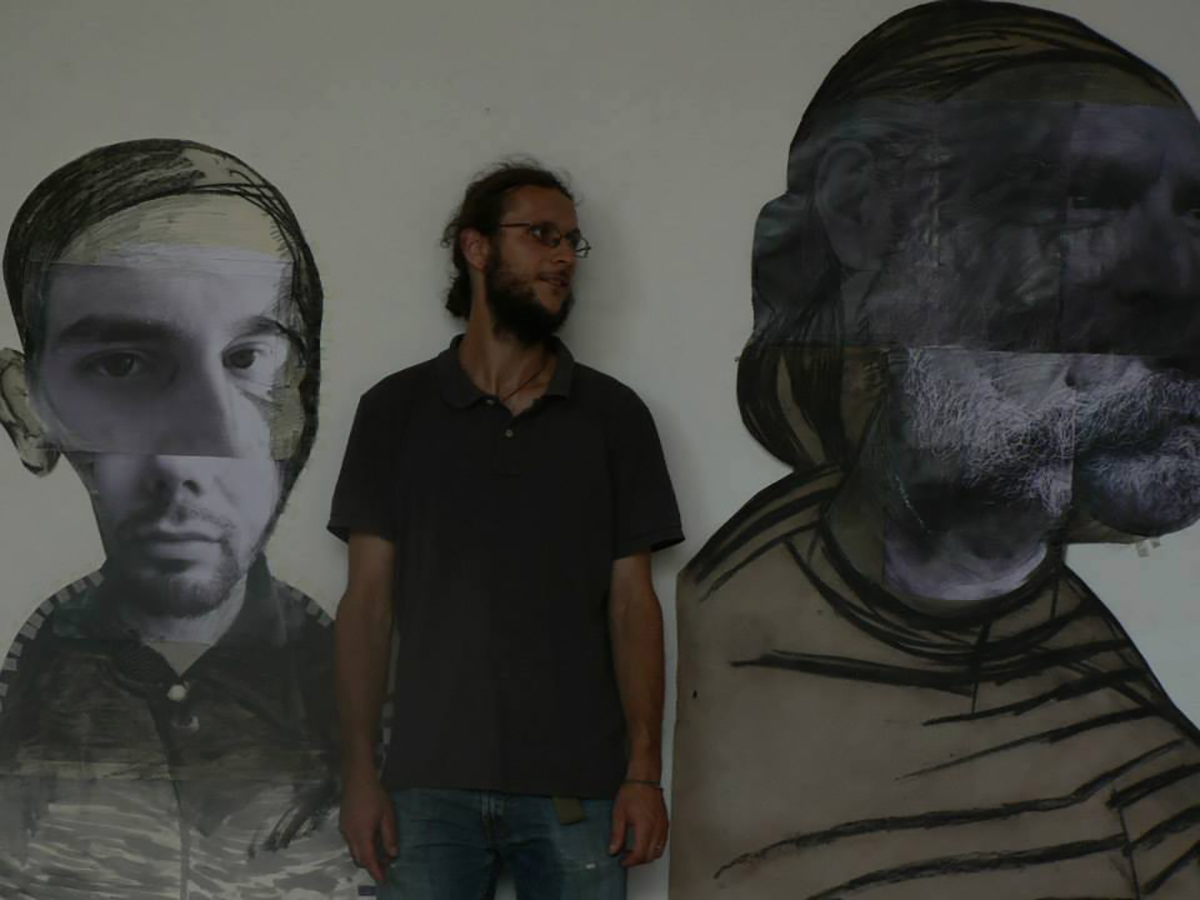
What does ceramics mean to you?
Ceramics is both passion and craft.
What do you think is the most important quality of ceramic art?
It is very generous in terms of possibilities of expression and it is easily visible, it punctuates the space both in form and color.
What are your sources of inspiration?
Our inspiration is the huge universal heritage, ancient or medieval cultures, but also contemporary art.
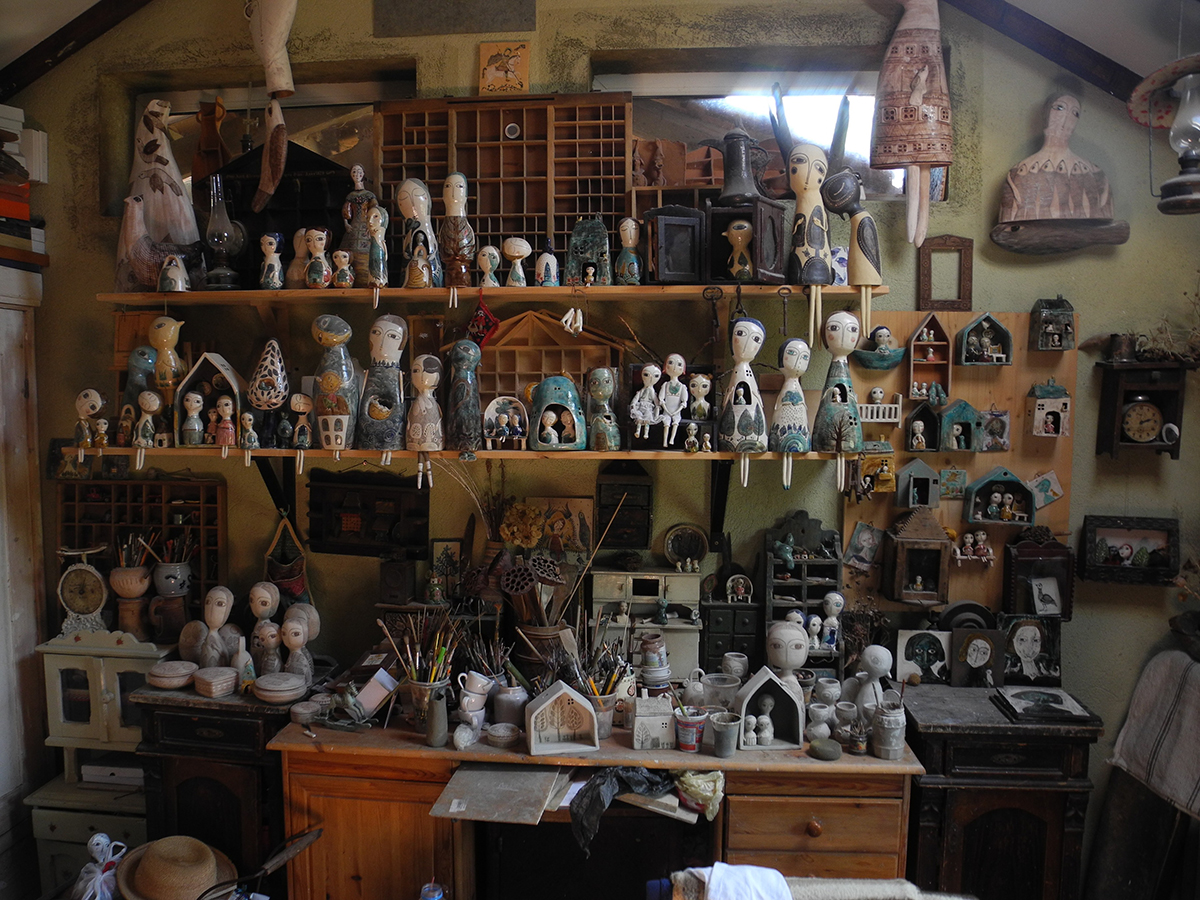
Which ceramic materials do you like to use most and why?
Most often we use clay, we like its “concreteness and sincerity”, but also its versatility, giving you the possibility to work with it from large sizes to miniature fineness.
Do you use more industrial or manual techniques and technologies in your work? What do you think are their pros and cons?
To a large extent, we work by hand, on principle, in order to intervene as much as possible on each object, to maintain a connection with the material. The advantages are precisely this therapeutic connection with the ceramic material and the joy of creating each piece. Disadvantages would be more time and workload.
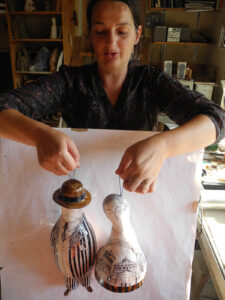
What do you think about the pottery of the Cucuteni-Tripole civilization? Can you give us an example of archaic pottery that you particularly appreciate and what is it about it that appeals to you?
We really appreciate the Cucuteni Culture, apropos to your question, but we like all the ancient cultures, both the crude ones and the more refined ones like Greek pottery.
How would you describe your job in three words?
Craftsmanship, rigor, surprising.
What do you think are three of the most important qualities a visual artist should have?
Image culture, creativity and knowledge at the same time.
What do you think about Romanian ceramics?
A good opinion, from the fact that we’ve had competitive contemporary schools ever since they started, we’re talking about recent history, to the fact that more and more high profile events are happening.
What do you think are the needs of the ceramic artist?
The needs of a potter are the same as any artist, the need for an art market and emulation around it, with the addition of some technology for a potter.
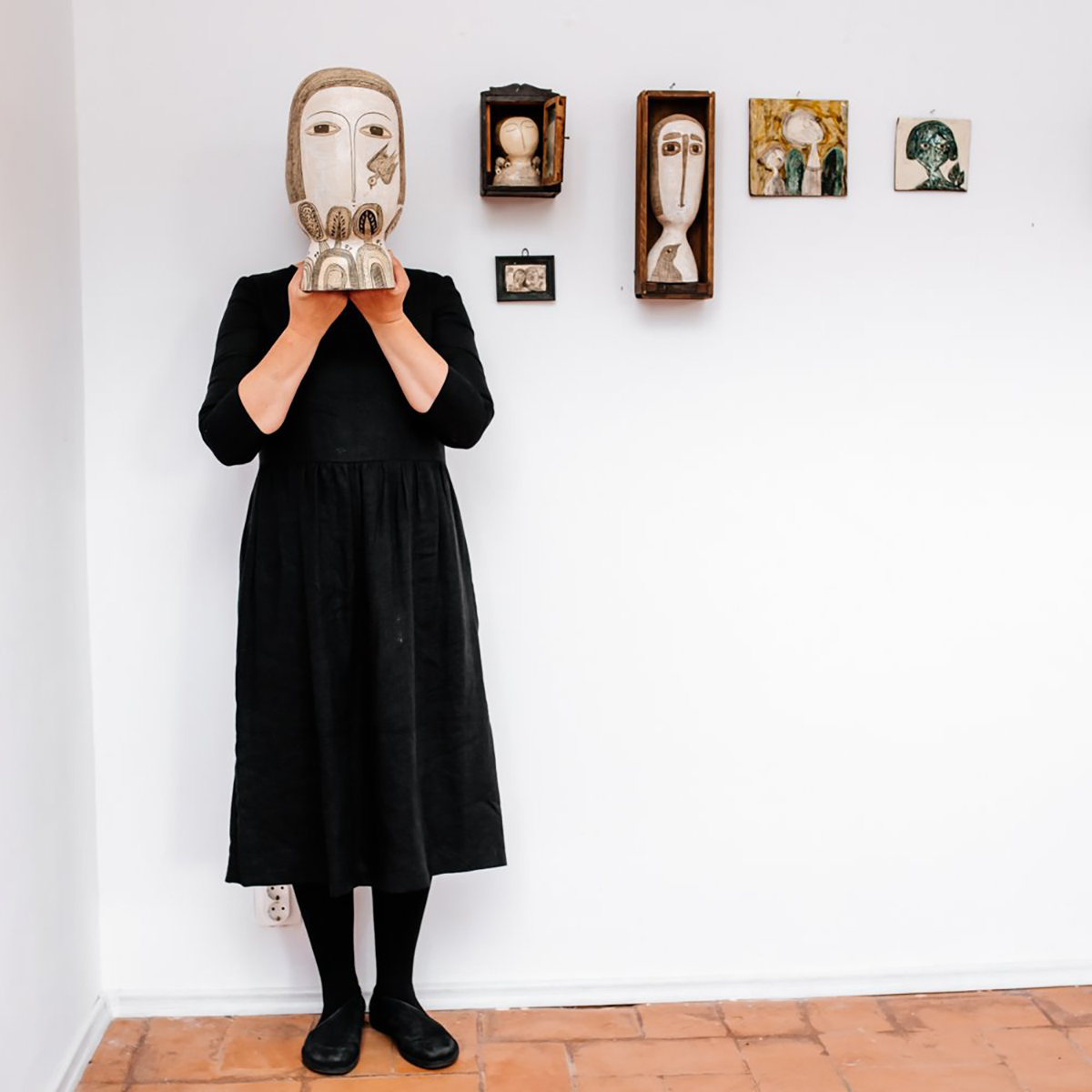
What would you recommend to younger ceramists to help them find their way in their career?
Let them choose their direction well from the start, because being such a large palette they can spread out, this does not exclude experimentation.
How do two people work in this area? Who does what in your creative tandem?
Although we are together in the same workshop and maybe we have a common path, we are quite independent, even more so lately, but the rough, “dirty” part still belongs to me, and Ana-Maria is in charge of the “finer details” and the decoration.
Interview by Letiția Câmpan.
